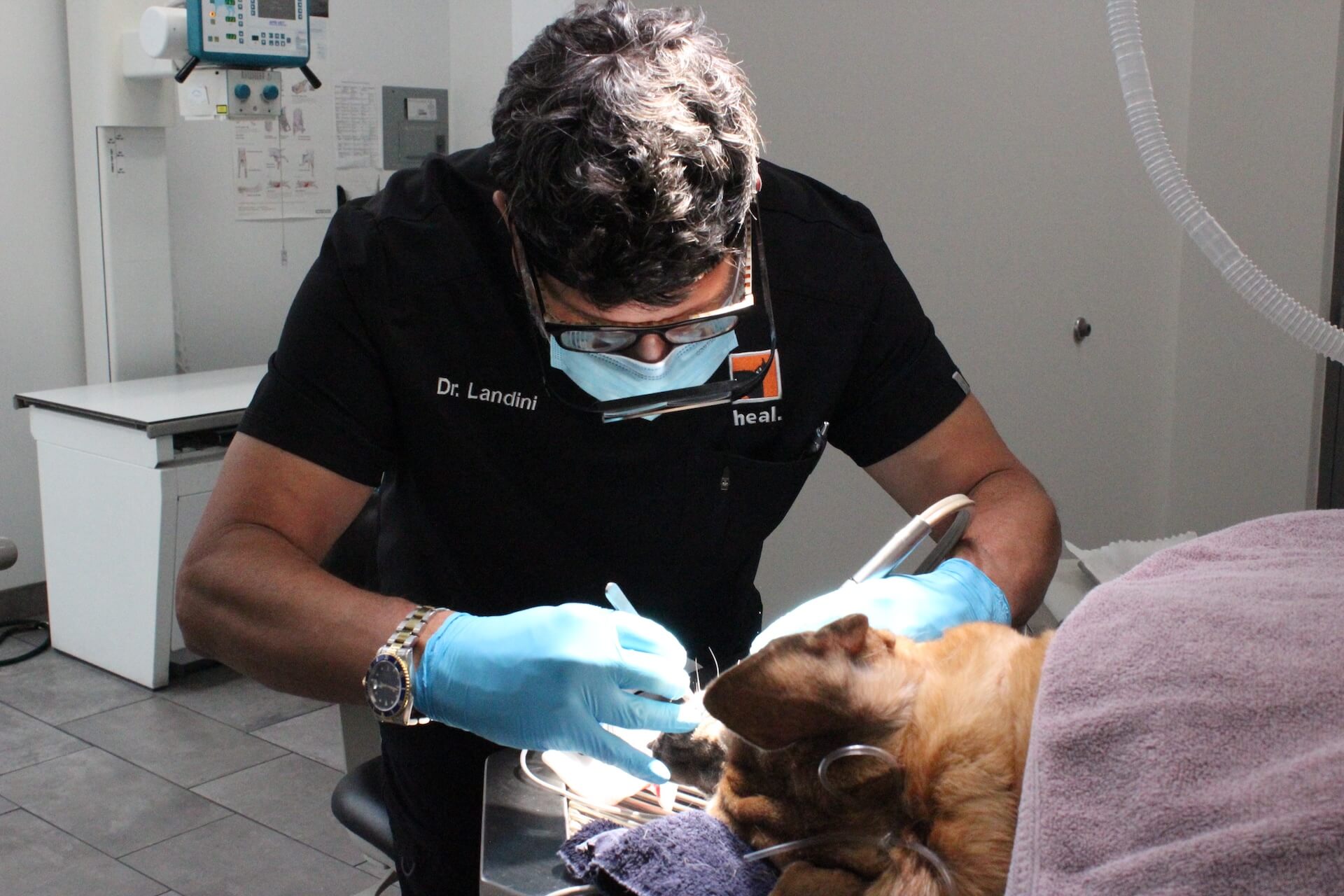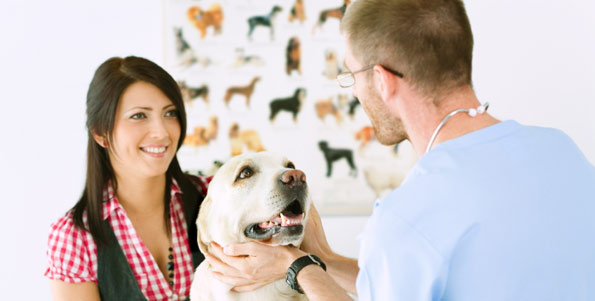How to Find an emergency vet near me Before You Actually Need One
How to Find an emergency vet near me Before You Actually Need One
Blog Article
Everything About Veterinarian Surgical Treatment: Comprehending the Significance of Expert Care for Your Family pets
Vet surgery is a critical element of animal health care. It encompasses different treatments, from regular optional surgical treatments to immediate treatments. Recognizing the details of these surgical treatments can help animal proprietors make educated decisions. The prep work, execution, and recuperation stages are essential for making sure the well-being of animals. With proper knowledge, proprietors can navigate the intricacies of veterinary care. What elements should be thought about before a pet dog undergoes surgery?
Kinds of Veterinarian Surgeries
When a pet dog needs surgical intervention, comprehending the different kinds of vet surgeries can help family pet proprietors make notified decisions. Veterinary surgical treatments can be extensively classified into 3 primary kinds: elective, immediate, and emergency surgical treatments. Optional surgical treatments, such as spaying or neutering, are planned procedures that are not quickly deadly. Immediate surgeries, like those for foreign body removal, must be done quickly however are not serious in the minute. Emergency situation surgical procedures, such as those dealing with serious injury or inner blood loss, are essential and need instant attention.Additionally, surgical treatments can differ in complexity, varying from minimally invasive laparoscopic procedures to much more substantial open surgical treatments. Each type of surgery lugs its own threats and recovery processes. Comprehending these groups allows pet owners to involve in purposeful discussions with veterinarians, bring about much better end results for their precious animals.
Planning for Your Family pet's Surgical treatment
Planning for a pet dog's surgical treatment entails an extensive list to assure all essentials are covered. Effective interaction with the vet is crucial for understanding the treatment and any required pre-operative steps - tplo surgery. In addition, having clear post-operative treatment directions will aid proprietors give the finest assistance for their recuperating pet dogs
Pre-Surgery List Essentials
Guaranteeing a smooth surgical experience for a pet dog needs careful preparation and interest to information. A pre-surgery checklist is vital for animal proprietors to follow. Validating the arranged surgical procedure day and time is essential. Proprietors need to also verify that their pet dog has actually not eaten according to the vet's guidelines, usually for 8-12 hours prior to surgical treatment. Gathering essential clinical records, consisting of inoculation history, is vital for the vet's review. It is likewise a good idea to prepare a comfortable space at home for the pet dog's recovery after surgery. Lastly, owners need to have a strategy for transportation to and from the veterinary center, making certain that the pet dog is secure and comfy throughout the journey. Complying with these actions can significantly enhance the surgical experience.
Interacting With Your Vet

Reliable interaction with the vet is necessary for an effective surgical experience for pets. Proprietors need to be prepared to review their animal's case history, including any pre-existing conditions, medicines, and allergies. This information aids the veterinarian assess threats and customize the surgical plan appropriately. In addition, animal proprietors must ask concerns pertaining to the procedure, anesthetic, and anticipated outcomes to ensure they totally recognize the procedure. Clarifying any type of uncertainties can relieve anxiousness for both the pet dog and the proprietor. It is also essential to interact any type of behavior changes or concerns observed in the animal leading up to the surgical procedure. Eventually, clear dialogue promotes depend on and partnership, ensuring that pets get the very best feasible treatment during their surgical trip.
Post-Operative Treatment Directions
After talking about the surgery with the veterinarian, pet proprietors should focus on post-operative care guidelines to facilitate a smooth recuperation for their pets. These directions typically consist of keeping track of the surgical site for indications of infection, such as redness or discharge. Pets might need to be kept calm and confined to stop excessive motion that could disrupt healing. Pain monitoring is important, so proprietors need to adhere to the vet's guidance on carrying out medicines. In addition, dietary limitations may be encouraged to avoid gastrointestinal trouble. Normal follow-up appointments are essential to assure proper healing and address any kind of concerns. By adhering to these post-operative treatment directions, pet proprietors can greatly add to their pet dog's recovery and general health.
The Surgery Explained
The surgery for family pets includes crucial steps that assure their safety and recuperation. Pre-surgery preparations are essential for lessening dangers, while post-operative care guidelines play an important duty in advertising healing. Comprehending these elements aids family pet proprietors navigate the surgical experience extra effectively.
Pre-Surgery Preparations
Prior to a pet goes through surgical procedure, several crucial prep work need to occur to assure a secure and successful treatment. A thorough vet evaluation is vital to examine the pet dog's general health and determine any potential dangers. This might consist of blood examinations, imaging, or various other diagnostics. The vet will additionally review anesthesia options tailored to the pet dog's certain requirements. Additionally, animal proprietors are generally advised to hold back food and water for a specified time before surgical procedure to lessen the risk of difficulties during anesthetic. It's crucial for owners to give a complete case history, consisting of any type of medications or allergic reactions, making sure the surgical group has all necessary info. Proper interaction and webpage adherence to pre-surgery guidelines can significantly enhance the result of the treatment.
Post-Operative Care Standards
Correct post-operative treatment is crucial for making certain an animal's recuperation following surgical procedure. After the treatment, animals ought to be checked closely for any kind of signs of difficulties, such as excessive bleeding, swelling, or uncommon habits. It is necessary to follow the vet's instructions concerning drugs, including painkiller and prescription antibiotics. Pets need to be kept in a silent, comfortable environment to lower anxiety and advertise healing. Restricting activity is essential; short, leashed walks might be required, however leaping or running should be prevented. Normal follow-up visits must be set up to evaluate the healing process. Furthermore, the medical website must be kept clean and dry, with any indications of infection reported to a veterinarian without delay. Abiding by these guidelines boosts my explanation healing end results.
Anesthetic and Discomfort Monitoring
Reliable anesthesia and discomfort administration are necessary parts of vet surgery, guaranteeing that pet dogs remain comfy and secure throughout the procedure. Vets assess each family pet's individual needs, taking into consideration aspects such as age, weight, wellness condition, and the kind of surgical treatment being performed.Anesthesia procedures generally include a mix of pre-anesthetic medications, induction representatives, and inhalant anesthetics, enabling exact control over the pet's degree of consciousness. Surveillance throughout surgical procedure is vital; veterinarians continuously observe essential signs to deal with any type of possible issues promptly.Pain administration approaches might include opioids, non-steroidal anti-inflammatory drugs (NSAIDs), and neighborhood anesthetics, tailored to the pet dog's certain scenario. This complex method aids decrease discomfort and promotes a smoother surgical experience. By prioritizing effective anesthetic and discomfort administration, vet experts boost the overall welfare of animals undertaking surgical procedures, guaranteeing they obtain the highest possible requirement of care.
Post-Operative Care and Healing
Adhering to surgical procedure, the focus changes to post-operative treatment and recuperation, which is vital for making certain a family pet's safe return to typical tasks. During this period, pet dogs require a quiet, comfortable setting to aid recovery. Owners must very closely check their family pets for any signs of discomfort or unusual behavior.Veterinary guidelines usually consist of details instructions associated with medication management, wound care, and dietary changes. It is crucial to follow these referrals to decrease problems and advertise recovery. Animals may need to be restricted from vigorous tasks, such as running or jumping, throughout their healing period (canine tplo surgery).Regular follow-up consultations with the veterinarian enable tracking of the walk in vet near me animal's development and prompt adjustments to the care plan. Supplying psychological support and companionship can additionally enhance an animal's recovery experience, helping to relieve anxiety and stress and anxiety. In general, thorough post-operative treatment plays a significant duty in attaining an effective recovery
Recognizing Problems After Surgical Treatment
Just how can family pet owners identify complications after surgical procedure? Recognition of details indications is necessary for ensuring the wellness of animals throughout healing. Usual indications include extreme swelling, soreness, or discharge at the surgical site, which may indicate infection. In addition, persistent pain, suggested by yawping or hesitation to move, should motivate instant interest. Adjustments in appetite or water intake can likewise show complications; a decline in these habits might signify discomfort or distress.Moreover, pet proprietors should monitor their pets for any kind of unusual actions, such as lethargy or difficulty breathing, as these can be signs of serious concerns. Vomiting or looseness of the bowels following surgery might require urgent vet assessment. Acknowledging these complications early can significantly affect a family pet's healing procedure, highlighting the relevance of vigilance and prompt interaction with a veterinarian for any kind of worrying symptoms.
The Function of Vet Specialists in Surgical Care
Veterinary experts play a crucial role in ensuring the safety and success of procedures for family pets, specifically adhering to surgery when keeping track of and treatment are critical. These professionals include veterinarians, veterinary technicians, and assistance personnel, every one of whom contribute specialized skills to the medical process.Before surgical procedure, vets carry out thorough analyses to examine the pet dog's health, making sure that any kind of underlying problems are managed. During the treatment, the surgical group offers anesthetic, preserves sterilized settings, and monitors key signs, very important for minimizing risks.Post-operative treatment is similarly significant; veterinary professionals observe for issues, manage pain, and overview owners on healing practices. Their competence allows them to recognize early indications of distress or infection, ensuring prompt treatment. Eventually, the collective initiatives of vet professionals in surgical treatment promote a secure setting, advertising the health of pet dogs throughout the surgical journey.

Frequently Asked Questions
Exactly how Do I Select the Right Vet Specialist for My Animal?
Selecting the best veterinary surgeon entails researching certifications, reading reviews, and assessing the center's environment. It is necessary to mirror on the doctor's experience with certain treatments and their interaction style when deciding.
What Prevail Misconceptions Concerning Vet Surgeries?
Typical misunderstandings concerning vet surgeries include beliefs that they are always risky, unneeded, or for emergencies. Numerous animal proprietors underestimate the advantages of preventive procedures and the skill associated with veterinary surgical care.
Just How Much Will My Family pet's Surgical procedure Expense?
The expense of a pet's surgery can differ considerably based on variables such as the sort of treatment, the veterinarian's experience, and geographical location (tplo surgery for dogs). Normally, expenditures range from a couple of hundred to numerous thousand dollars

Can My Family Pet Consume Before Surgical Procedure?
Prior to surgery, it is usually encouraged that pet dogs avoid consuming for a specific duration. This fasting aids decrease the risk of issues throughout anesthetic. Owners must consult their veterinarian for precise directions tailored to their animal's needs.
What happens if My Pet Has Pre-Existing Health Issues?
When a pet has pre-existing wellness problems, it's crucial for the vet to examine these elements prior to surgery. This assessment assurances proper safety measures are taken, reducing risks and maximizing the family pet's overall safety and security throughout the treatment.
Report this page